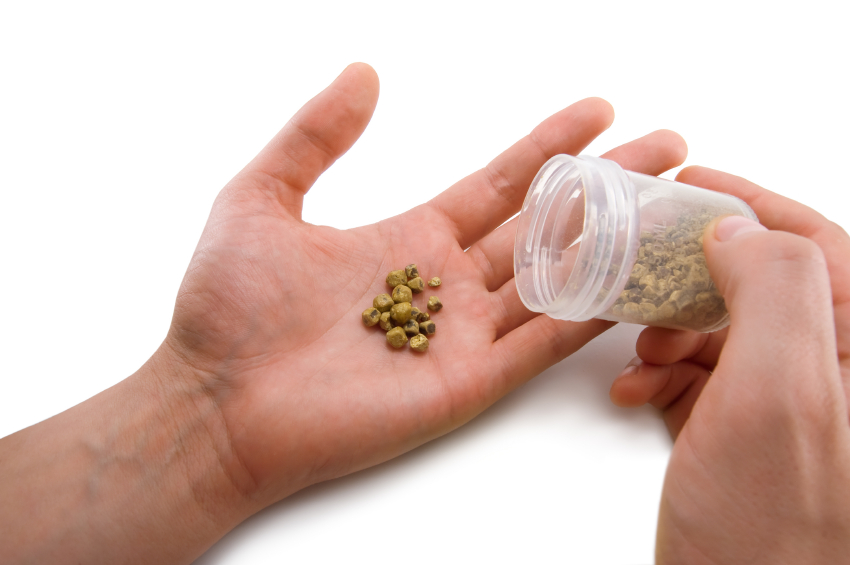Stones in the gallbladder, or cholelithiasis, is a very common disease, it is especially common among residents of prosperous, economically developed countries. And this is no coincidence, since the formation of stones is provoked by a passion for fatty meat food, a sedentary lifestyle and stressful situations, that is, everything with which we pay for the benefits of civilization. The immediate cause of the formation of stones is a violation of the metabolism of cholesterol and bilirubin – components of bile.
By their chemical composition, gallstones can be cholesterol, bilirubin, calcareous, or mixed.
Most often, cholesterol stones are found – up to 90% of cases. They arise due to the oversaturation of bile with cholesterol, which precipitates, forming cholesterol crystals. The peculiarity of these yellow stones is that they can only be detected by ultrasound. They are not visible on the X-ray.
Bilirubin, or pigmented, stones are formed due to increased breakdown of red blood cells or changes in the protein composition of the blood. These are small black stones that form both in the gallbladder and in the bile ducts.
Lime stones are rare. They are composed mainly of calcium and are formed as a result of an inflammatory process that has developed in the gallbladder.
Mixed stones form as a result of the layering of calcium salts on cholesterol and bilirubin stones as the inflammatory process develops. A feature of mixed gallstones is a characteristic layered structure.
Stones can form both in the gallbladder and in the bile ducts. The formation of gallstones is a lengthy process that takes years. In one year, the stones increase by an average of 3-5 mm. For a long time, the disease may not manifest itself in any way, and often the stone is discovered by accident, during a scheduled ultrasound scan.

But if the stone has moved from its place or an inflammatory process has begun in the gallbladder or ducts, then symptoms appear: bitterness in the mouth, pain in the right hypochondrium, nausea with vomiting, flatulence. When a stone, leaving the gallbladder, blocks the bile duct, an attack of biliary colic develops – a sharp pain in the abdomen that radiates to the right shoulder or scapula, dry mouth, vomiting that does not bring relief. A small stone eventually passes the duct and the attack ends. If the stone gets stuck in the duct, an emergency operation is necessary. In order not to bring the matter to urgent surgical intervention, doctors recommend getting rid of stones in the gallbladder in advance and surgically removing the bladder filled with stones in a planned manner. Today, most of these operations are done in a gentle laparoscopic way.

Leave a Reply